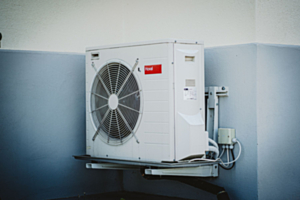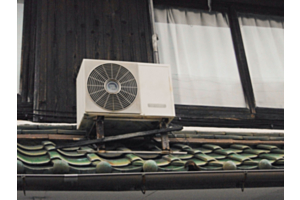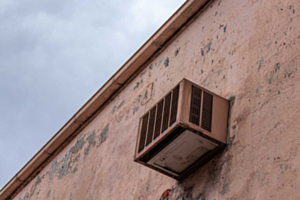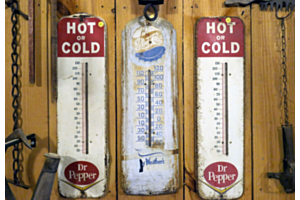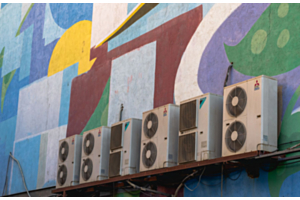How Much Clearance Do Mini Splits Need?

You envisioned several places that the indoor air-handling units of your ductless mini split system would go. After speaking to your mini split technician, they mentioned clearance, which you’ll admit, you hadn’t thought about.
What kind of clearance requirements does a mini split require?
That’s something that varies based on the model of mini split. Let’s begin by talking first about the clearance of the indoor air-handling units and then the outdoor compressors.
Indoor Air-Handling Unit Clearance
The air-handling units are installed in your home or commercial building according to how many designated zones you select.
The air-handling units must be positioned in such a way that they allow for the full range of airflow when in use. If your mini split is blowing only half the cold or warm air it should, then that can make the unit seem inefficient when it really isn't.
Another consideration when selecting where the indoor units will be mounted is accessibility.
Your mini split technician will need to come out several times a year to check on and clean the air-handling unit. If the unit is too hard to reach, then that makes their job a lot more difficult.
Keeping those points in mind, most mini splits must be mounted at least six feet but more than likely seven or eight feet from the floor.
Outdoor Compressor Clearance
Now let’s switch gears and discuss the outdoor compressor, which some people refer to as the condenser.
This component of the ductless mini split system sits outside.
Some considerations are to keep the compressor directly off the ground. The compressor would be exposed to the ground’s temperature fluctuations each time the soil freezes and thaws. When it rains or snows, the compressor will easily get wet from underneath as well.
That’s why you should always have a slab of concrete for the compressor, either one that’s already in your yard or one that you pour in preparation for installation.
The compressor also shouldn’t be directly exposed to the elements, so having overhead protection in the form of an awning is best. The awning will safeguard the compressor from sunlight, rainfall, and snowfall.
A large tree in the backyard isn’t the best suggestion for protecting the compressor. The three can shed leaves, twigs, and branches that can get into the components of the compressor. Sap can also work its way inside.
As for where to mount the compressor, it should be at least 12 inches from any rear air outlet in the vicinity.
You also don’t want it too close to any nearby structures such as the side of your home. The compressor needs 12 inches of clearance from any structure.
Also, whether it’s an awning or some other overhead protection, the top of that overhead protection should be 40 feet above the compressor at least.
Sources:
https://hvacseer.com/where-should-ductless-mini-split-air-conditioner-be-installed/


